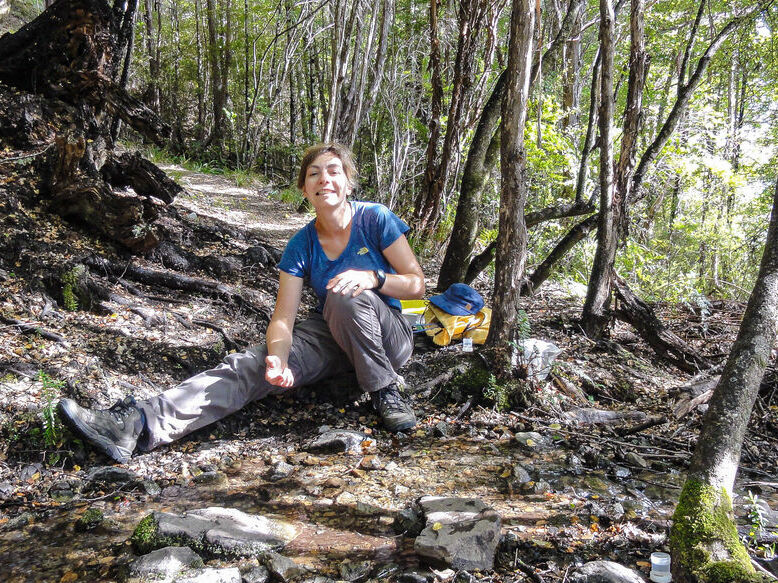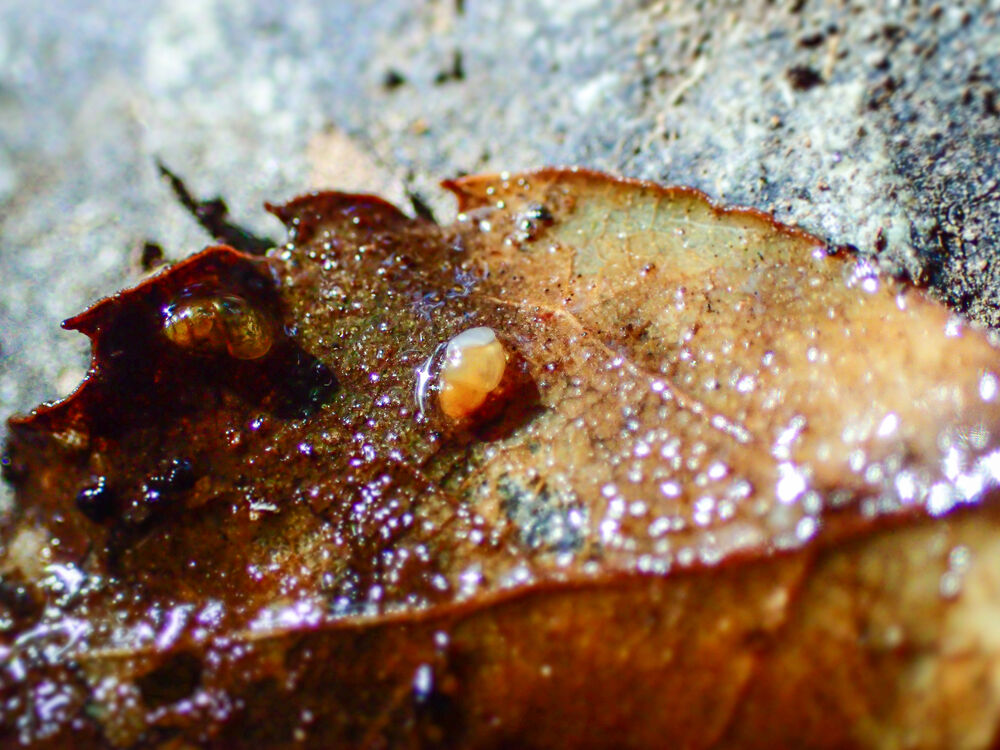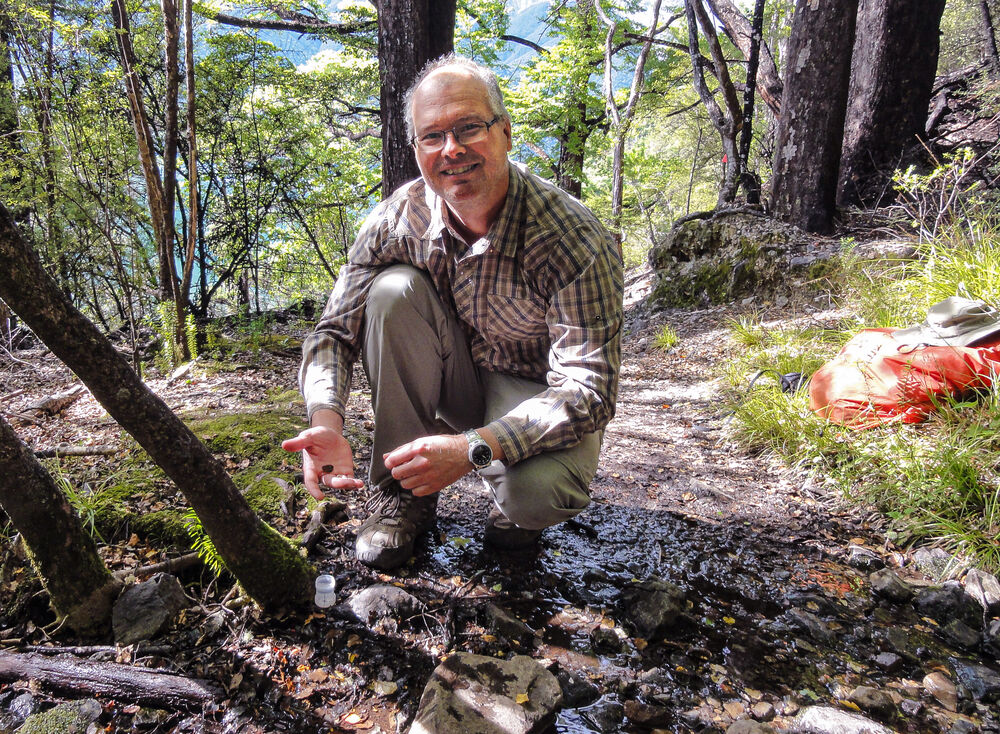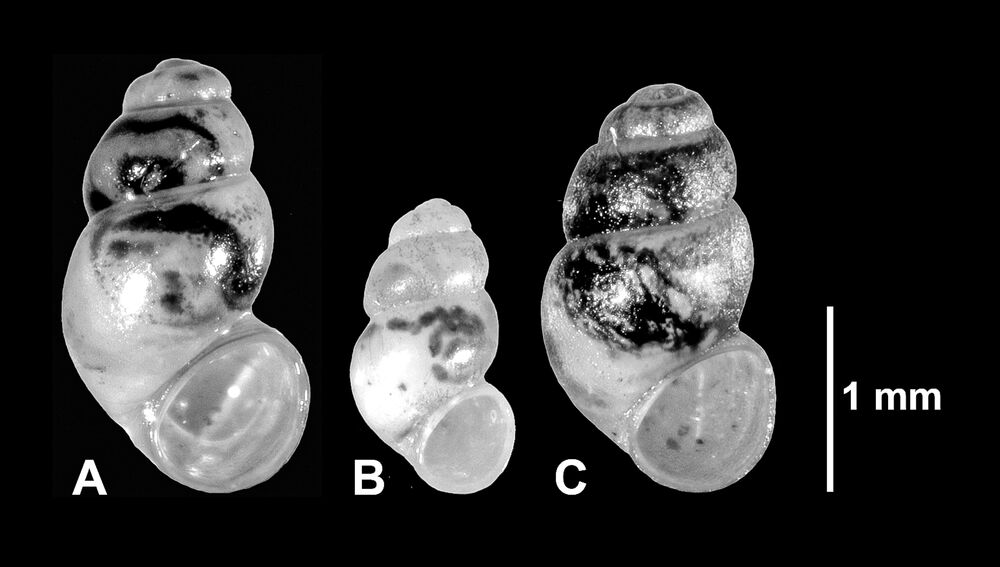The new freshwater snails had already been discovered by the two researchers during an expedition in the north of New Zealand’s South Island in 2016. After performing methodologically complex analysis of the species’ morphology and genetics, they have been officially recognised as new species and the analysis was published.
Media has increasingly covered the mass disappearance and extinction of numerous species, caused by human impacts on nature. At the same time, merely a fraction of all species has discovered so far. In this light, the discovery of unknown species is particularly significant. Thus, Dr. Gerlien Verhaegen and Dr. Martin Haase decided to name the new species after well-known public figures. They did so for two essential reasons. On the one hand, it is a means of showing respect, and on the other, in the long term it raises more awareness for issues such as biodiversity and the extinction of species in the context of the anthropogenic climate change.
The newly discovered species have been named, for example, after climate activist and initiator of the movement “Fridays for Future”, Greta Thunberg, who has given the fight against climate change an additional dimension in terms of quality and quantity (Opacuincola gretathunbergae); the musician and composer, Jochen A. Modeß, who as the Chair of Church Music enriched the cultural life of Greifswald for decades (Catapyrgus jami); as well as Gareth Farr, a composer from New Zealand, who synthesises Maori and European music styles in many of his works (Obtusopyrgus farri) in an unusual manner.
The new species were discovered as “by-catch” during the researchers’ fieldwork to analyse the adaptive potential of a New Zealand freshwater snail species, which varies a lot in size and form and occurs invasively in many parts of the world. In contrast to the latter, the newly discovered species are adapted specifically to their habitat.They are less than three millimetres in size and can only be found in springs and very small streams. Two of them have probably even chosen the groundwater transition zone as their favourite habitat, as suggested by their reduced size, pigment, and eyes. Quite a few related species merely dwell in groundwater. The habitat of most of these species is extremely restricted. Many of them have only been found at a few locations or merely in a single valley, this makes them very vulnerable to humans interfering with nature, including climate change.
Further Information
The research was carried out within the framework of the University’s Research Training Group “RESPONSE - Biological RESPONSEs to Novel and Changing Environments” and funded by The Deutsche Forschungsgemeinschaft (DFG, German Research Foundation): www.uni-greifswald.de/response [de]
Publication: Verhaegen G. & Haase M. 2020. All-Inclusive Descriptions of new Freshwater Snail Taxa of the Hyperdiverse Family Tateidae (Gastropoda, Caenogastropoda) from the South Island of New Zealand. European Journal of Taxonomy. DOI: https://doi.org/10.5852/ejt.2021.731.1205
https://europeanjournaloftaxonomy.eu/index.php/ejt/article/view/1205
Contact at the University of Greifswald
Dr. Martin Haase
Vogelwarte (Bird Observatory), Zoological Institute and Museum
Soldmannstraße 23, 17489 Greifswald
Tel.: +49 3834 420 4347
martin.haaseuni-greifswaldde




